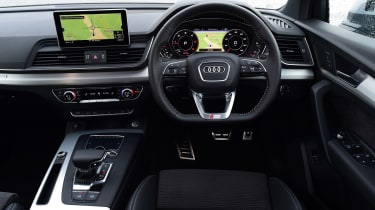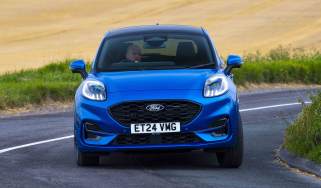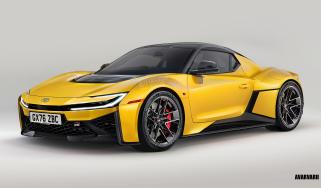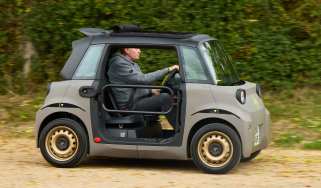BMW 1 Series (2012-2019) review
It's not the roomiest small hatch, but fun handling and efficient running make up for it

An entertaining drive, a high-quality interior and a range of engines that go from extremely economical to extremely quick means the BMW 1 Series has it all – on paper, at least. Unfortunately its rear-wheel-drive set-up – which is unique in the family hatchback segment – means it loses a little space compared to rivals like the Volkswagen Golf and Ford Focus. That's something that's being remedied with its front-wheel-drive replacement, so this model is your only chance to buy a small rear-drive hatchback.
Because it’s a premium car, the BMW 1 Series looks relatively pricey, although it’s very well equipped across the range and residual values are strong, so it’s not as expensive in the longer term. All engines are strong performers, with the diesels offering good low-rev flexibility, while the range-topping M140i a truly rapid hot hatchback.
The BMW 1 Series is the smallest conventional car for sale in the BMW range. It has been a part of the line-up since 2004, and has consistently delivered the kind of fun handling we're used to from BMW, courtesy of its rear-wheel-drive layout. This is the second-generation (known in-house as the F20 and F21 generation) introduced in 2011, and while the 1 Series used to be offered in four body styles, the coupe and cabriolet versions were hived off to create the BMW 2 Series range. The F20 and F21 models were replaced by the F40 series in 2019.
Used - available now

2024 BMW
1 Series
19,238 milesAutomaticPetrol2.0L
Cash £25,990
2017 BMW
1 Series
57,000 milesAutomaticPetrol1.5L
Cash £10,995
2019 BMW
1 Series
66,045 milesManualPetrol1.5L
Cash £11,680
2021 BMW
1 Series
55,928 milesManualPetrol1.5L
Cash £16,975The 1 Series is a hatchback offered with either three doors (F21) or five doors (F20), while this model shares its rear-drive running gear with the 2 Series Coupe and Convertible models, but not the 2 Series Active Tourer people carrier. As you would expect, thanks to that BMW badge on the nose, the 1 Series has a premium price tag, although that hasn't stopped it being a sales success as people buy into the brand image.
There are a wide variety of models available, with SE, Sport and M Sport variants making up the core of the range, plus a variety of engines that range from economical to hugely powerful. As is tradition, different model numbers signify different engines, although some are simply different power outputs of the same unit.
The entry point to the range is the 134bhp 118i three-cylinder turbo petrol, while other petrol cars include the 181bhp 120i four-cylinder turbo and M140i hot hatchback, which has a 335bhp 3.0-litre straight-six and twin turbos. For diesels, there are 116d (1.5 3-cylinder, 114bhp), 118d and 120d versions. The latter use the same 2.0-litre 4-cylinder unit but with 141 and 188bhp respectively. A faster 125d with twin turbos and up to 221bhp was also offered.
All cars come with a 6-speed manual gearbox or optional 8-speed auto, except for the M140i, which has a 7-speed auto as standard. And while rear-wheel drive is the order of the day for the whole range, there is the option of xDrive four-wheel drive on the 120d auto.
Overall, the BMW 1 Series is a tempting choice. It appeals to driving enthusiasts thanks to its sporty handling - especially since its 2019 replacement has front- or four-wheel drive only - while BMW's quest for efficiency means all models, even the fastest M140i versions, are relatively economical to run. Passenger space is pretty good considering its sporty pretensions, although not quite at the front of the class.
As the 1 Series is a premium hatchback, it competes with high-end models such as the Audi A3 and Mercedes A-Class, as well as top-spec versions of the VW Golf and even the Ford Focus. Other alternatives include the Volvo V40 and Lexus CT, although both of these are getting rather old.




